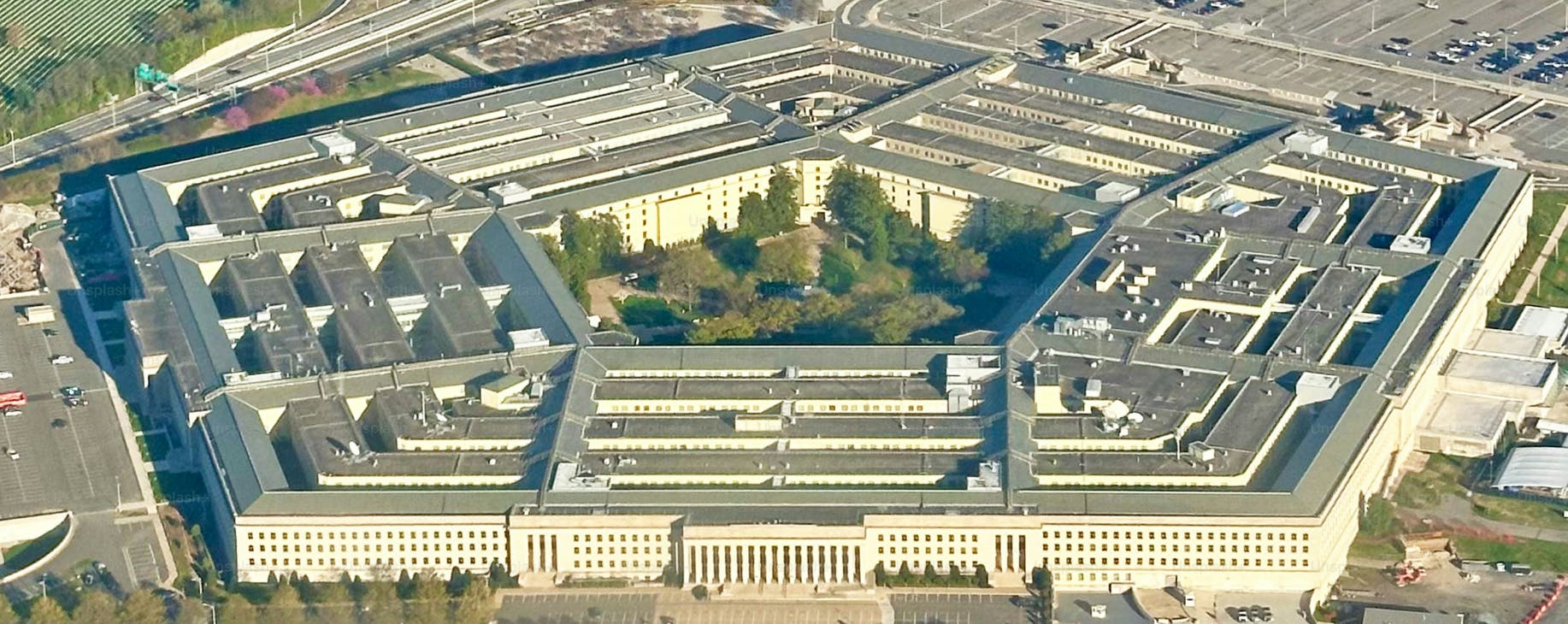
CMMC 2.0 and Risk Management: How to Shift from a Reactive to Proactive Approach
According to IBM’s Cost of a Data Breach Report, organizations that detect and contain a breach in under 200 days save an average of 23% ($1.02 million) compared to those that don’t. Yet many companies still rely on reactive security models that delay risk detection and slow incident response.
CMMC 2.0 reflects a necessary shift away from this outdated approach. It requires a move toward proactive, intelligence-driven risk management that empowers organizations to anticipate threats, reduce exposure, and protect sensitive information before an incident occurs.
For organizations in the defense industrial base (DIB), this shift isn’t just about satisfying regulatory requirements. It’s about building a stronger security posture, protecting national security information, and staying competitive in a fast-moving, high-stakes environment.
At Level 2, CMMC 2.0 maps directly to NIST SP 800-171 revision 2, a framework built around proactive risk management and protecting Controlled Unclassified Information (CUI). Requirements like regular risk assessments and system security plans (SSPs) push organizations to get ahead of potential threats instead of scrambling to limit the damage after an incident.
Why reactive risk management falls short
In a reactive model, organizations often operate with a "fix it when it breaks" mentality. This approach relies heavily on alerts, incident response, and manual reviews. These tactics may catch threats only after they have already caused damage, leading to costly outcomes.
When companies rely on reactive security, they tend to detect threats too late. Response times are slower, and containment efforts are often incomplete. This can increase the likelihood of data breaches and noncompliance, both of which carry legal, financial, and reputational consequences. Teams may also waste time and resources chasing low-priority issues while missing more urgent vulnerabilities. Ultimately, this approach leaves companies exposed and a step behind.
What proactive risk management looks like under CMMC 2.0
Proactive risk management involves taking action before a threat materializes. Under CMMC 2.0, this includes conducting regular risk assessments to identify potential issues early. These assessments provide a structured way to understand your exposure and begin mitigating high-priority risks before they escalate.
Another important aspect is mapping risks directly to controls and remediation plans. When you can tie a known risk to specific actions that reduce or eliminate it, you create a much more effective and defensible security strategy and compliance posture. CMMC 2.0 supports this by requiring documentation and review of system security plans, plans of action and milestones (POAMs), and continuous monitoring.
Proactive organizations also stay informed about emerging threats and adapt their plans accordingly. This might mean updating policies, refining controls, or revisiting your risk register based on new intelligence or threats. Whether it’s vendor risk for CMMC Level 2 and/or you need to be aware of adverse threats and any associated risks with CMMC Level 3, all of this contributes to a more resilient posture.
A compelling example of this kind of forward-thinking risk management comes from Shawmut Design and Construction, a Boston-based firm overseeing more than 150 worksites. Since 2017, the company has integrated artificial intelligence to assess site safety, monitor compliance, and forecast potential incidents by analyzing data like weather conditions and personnel changes. When the COVID-19 pandemic hit, Shawmut expanded its use of GPS-enabled systems to help enforce social distancing and later leveraged the same tools to track worker behavior and safety compliance in real time. Their investment in proactive, data-driven risk management not only improved operational safety but positioned them to remain resilient amid crisis — a mindset that mirrors what CMMC 2.0 aims to instill across the defense industrial base.
Finally, proactive risk management involves clear, timely communication across the business. When technical teams can explain the business impact of risks and how long it will take to remediate these issues, leadership is more likely to support and fund the right mitigation efforts. CMMC POAMs must be remediated within 180 days, so this clear guidance helps enforce timely remediation. CMMC 2.0 makes cybersecurity a cross-functional responsibility, not just an IT task.
The role of automation in proactive risk management
Automation plays a vital role in making proactive risk management sustainable. With the right tools, organizations can automate recurring risk assessments and evidence collection, reducing manual workloads and improving consistency.
Manual, point-in-time risk assessments often become outdated quickly, especially in a rapidly evolving threat landscape. Without real-time monitoring, organizations risk operating with blind spots that can lead to missed vulnerabilities and delayed responses. Automation addresses this by offering continuous monitoring and up-to-date visibility into an evolving risk landscape.
Automation platforms can centralize risk data from across departments, eliminating silos, and ensuring a single source of truth. By linking risks to controls, tracking mitigation progress, and providing automated alerts, these tools reduce human error and enable more effective decision-making. According to PwC’s 2023 US Risk Perspectives Survey, more than half of risk teams reported significant improvements by using automation technologies like AI, advanced analytics, and GRC platforms with risk dashboards and reporting.
Automated risk assessments also save time and reduce operational costs, especially for organizations dealing with large volumes of complex data. This not only enhances precision and consistency but also allows teams to act faster on high-impact threats.
By streamlining compliance workflows and eliminating human error, automation empowers security teams to focus on strategy instead of paperwork. It also helps ensure that risk management is a continuous, data-driven process rather than a reactive scramble at audit time.
Treat risk as a business driver, not a compliance burden
The volume, velocity, and complexity of today’s cyber threats make reactive risk management unsustainable. CMMC 2.0 is not just nudging organizations toward a better way, it’s creating a forcing function to modernize how risk is managed across people, processes, and technology.
If your organization is still relying on spreadsheets, siloed teams, and point-in-time assessments, the time to evolve is now. By embracing automation, centralizing your risk data, and building risk awareness into day-to-day operations, you don’t just meet CMMC requirements — you build a system that’s agile enough to respond to tomorrow’s threats. Compliance may be the catalyst, but business resilience is the reward.
Featured Newsrooms


